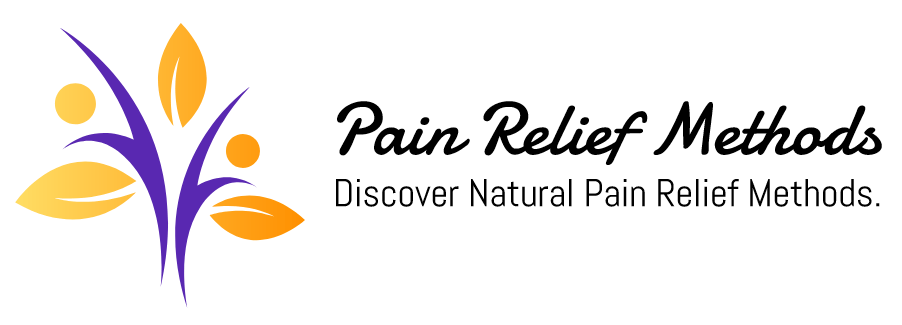Table of Contents
Why Is Upper Back Pain A Red Flag?
Introduction
Most of us experience upper back pain at some point. It can be caused by everyday activities like poor posture or lifting heavy objects. However, in some cases, upper back pain can be a warning sign of a more serious medical condition. Understanding these “red flags” is crucial for seeking timely medical attention.
Red Flags In Upper Back Pain
Not all upper back pain requires immediate medical attention. However, certain symptoms can indicate a serious underlying issue and require a doctor’s evaluation. Here are some key red flags to watch out for:
-
Severity And Persistence:
Severe pain that persists for more than a few weeks, especially if it worsens at night or with rest, can be a red flag.
-
Radiating Pain:
Pain that radiates down your arms, chest, or into your jaw could indicate nerve compression or a heart problem.
-
Numbness Or Weakness:
Numbness, tingling, or weakness in your arms, hands, shoulders, or back can be a sign of nerve damage or a spinal cord issue.
-
Unexplained Weight Loss:
Sudden and unexplained weight loss alongside upper back pain can be a red flag for certain cancers or other serious conditions.
-
Fever Or Chills:
A high fever or chills accompanying upper back pain can indicate an infection in your spine, lungs, or other organs.
-
Difficulty Breathing:
Upper back pain coupled with shortness of breath, wheezing, or difficulty catching your breath can be a sign of a lung problem, heart attack, or blood clot.
-
Recent Trauma:
If your upper back pain developed after a fall, accident, or other injury, it’s important to seek medical attention to rule out fractures or other internal injuries.
-
History Of Cancer:
If you have a history of cancer, any new or unexplained pain, including upper back pain, should be checked by your doctor.
Additional Tips
-
Trust Your Gut:
If something feels off about your upper back pain, especially if it’s accompanied by any of the red flags listed above, don’t hesitate to seek professional medical advice.
-
Maintain A Record Of Your Symptoms:
Jot down details like the location and severity of pain, any associated symptoms, and what seems to aggravate or improve the pain. This information can be valuable for your doctor during diagnosis.
-
Don’t Ignore The Pain:
While some upper back pain resolves on its own, persistent pain or pain accompanied by red flags requires proper medical evaluation.
FAQs About Upper Back Pain Red Flags
-
Should I Go To The Emergency Room For Upper Back Pain?
A: If you experience severe pain, difficulty breathing, chest pain, numbness, or weakness, seek immediate medical attention at the emergency room.
-
What Tests Might A Doctor Perform To Diagnose The Cause Of My Upper Back pain?
A: Depending on your symptoms, the doctor may recommend X-rays, MRIs, CT scans, blood tests, or other tests to identify the underlying cause.
-
Can Anxiety Or Stress Cause Upper Back Pain?
A: Yes, anxiety and stress can contribute to muscle tension and pain, including upper back pain. However, if your pain is severe or accompanied by red flags, it’s important to rule out other medical conditions.
-
What Treatments Are Available For Upper Back Pain?
A: Treatment for upper back pain depends on the underlying cause. It may involve medications, physical therapy, lifestyle modifications, or, in rare cases, surgery.
-
How Can I Prevent Upper Back Pain?
A: Maintaining good posture, exercising regularly, managing stress, and using proper lifting techniques can help prevent future occurrences of upper back pain.
Conclusion
Upper back pain is a common issue, but it’s important to be aware of the red flags that might indicate a serious underlying condition. By understanding these warning signs and seeking timely medical attention if needed, you can ensure proper diagnosis and treatment. Remember, early intervention is crucial for managing serious conditions and regaining a pain-free life.
References
- American Academy of Orthopaedic Surgeons https://orthoinfo.aaos.org/en/diseases-conditions/neck-pain/ on Upper Back Pain
- National Institutes of Health https://www.niams.nih.gov/ on Thoracic Spine Pain
Discover more from Pain Relief Methods
Subscribe to get the latest posts sent to your email.


